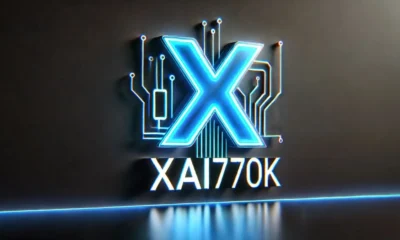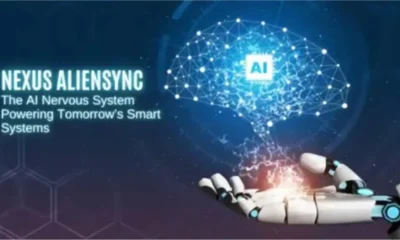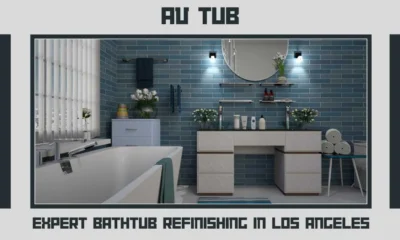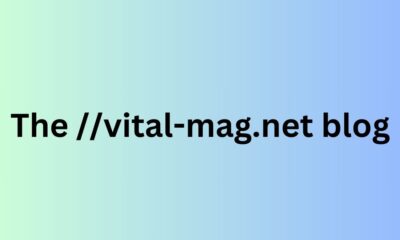GENERAL
What Is Enhydro? Exploring Water-Filled Fossilized Amber

Enhydros is derived from the Greek term “containing water,” which highlights its unique characteristic. In addition to its aesthetic worth, this unusual amber has important scientific value since it sheds light on the prehistoric ecosystems and climate that existed when the resin was formed.
Enhydro Attributes
The distinctive look of Enhydro amber is among its most remarkable features. The confined water droplets refract light in fascinating ways that can be anything from shimmering to nearly ethereal, producing compelling visual effects. Each piece is a unique creation as light streams through the bubbles, enhancing the amber’s inherent brilliance. The existence of these water bubbles makes it stand out from other types of amber, such as transparent or opaque variants, and gives its appearance depth and complexity. Because of this unique characteristic, amber is highly prized by both collectors and enthusiasts.
Quality Features
One of nature’s most magnificent masterpieces, it differs from other types of amber due to its special characteristics. What makes amber unique is the fascinating visual impression that is produced by trapped water droplets or bubbles within the resin. Jewelers, historians, and collectors hold a high value in it for the reasons listed below.
Material Characteristics
Although amber is known for its warm, golden hues, it displays a greater range of colors due to the unique conditions that led to its development. Enhydro amber is available in a variety of hues, ranging from deep amber tones to vibrant golden yellows. The trapped water droplets also provide a level of complexity to the physical properties of the amber because they can shift their position depending on the angle at which it is held. Several air or water bubbles may even be present in some of the pieces, giving them a lively, multifaceted appearance.
Distinctive Features
Enhydro amber has a distinctive appearance that enhances its visual appeal due to the trapped water droplets inside. The differences in shape and size of these water bubbles contribute to the uniqueness of each piece. While transparent amber is valued for its transparency and opaque amber for its rich colors, it combines these characteristics with the seductive addition of trapped water, making it a material of appeal to both collectors and enthusiasts.
Uses
- Created from old tree resin, it holds water droplets from millions of years ago.
- Provides a dynamic look due to visible water pockets.
- Known for its energy attributes and spiritual and medicinal properties, symbolizing emotional balance and purification.
Significance of Enhydro
It is important from a scientific standpoint. The type of plants and animals that were there when the resin was formed, as well as other details about past ecosystems, can be discovered by scientists by examining the water components. Microscopic organisms and other objects found in water can reveal information about past environmental conditions. Researchers may examine the characteristics of the trapped water and uncover crucial details about ecological evolution and climate shifts thanks to enhydro, which is a crucial component of paleoclimatology.
Gathering Enhydro
Because of its rare qualities and exclusivity, hydro amber is in high demand among collectors. Any collection would benefit from its aesthetic appeal and scientific significance. The natural color fluctuations, transparency, and water bubbles that characterize genuine it should all be able to tell the tale of its origins over millions of years. The size, caliber, and complexity of the visual effects all affect the price of it According to collecting trends, there is a growing interest in this uncommon amber species, particularly among those who are passionate about unusual geological items and natural history.
Avoiding Major Mistakes
When taking care of Enhydro amber, there are a few typical blunders to steer clear of. The amber may soften and lose its shape if it is exposed to high temperatures, therefore avoid doing so. In a similar vein, avoid oils and perfumes as they can gradually weaken the resin. Lastly, keep in mind that dropping it could cause noticeable harm to the piece since the trapped water droplets inside could move or shatter.
Managing Enhydro
- Cleaning: Use a soft, damp cloth to gently wipe the surface clean. Avoid using harsh chemicals
- Storage: Keep Enhydro out of direct sunlight and in a cool, dry place to prevent fading or damage.
- Preventing Damage: Since excessive humidity and temperatures can gradually deteriorate the quality of amber, it should not be subjected to them.
The Future of Enhydro Studies
Research on Earth’s ancient temperatures and ecosystems is still uncovering new information. Scientists are investigating its potential for novel insights into millennia-long environmental changes and ecological interactions. Since knowledge of these ancient materials can help explain modern environmental concerns and climate models, the significance of ongoing paleoclimatology studies cannot be understated.
Conclusion
Enhydro amber is remarkable for its scientific value and aesthetic appeal. Because of its distinctive qualities, it is a great benefit to the scientific community and the collecting community. It is sure to continue to play a significant part in understanding ancient ecosystems and advancing scientific research as scholars explore its potential, solidifying its status as an intriguing aspect of our natural history.
Looking for more? Explore our blog for valuable tips and the latest updates!
-

 BIOGRAPHY7 months ago
BIOGRAPHY7 months agoBehind the Scenes with Sandra Orlow: An Exclusive Interview
-

 HOME1 year ago
HOME1 year agoDiscovering Insights: A Deep Dive into the //vital-mag.net blog
-

 HOME1 year ago
HOME1 year agoSifangds in Action: Real-Life Applications and Success Stories
-

 BIOGRAPHY1 year ago
BIOGRAPHY1 year agoThe Woman Behind the Comedian: Meet Andrew Santino Wife




























